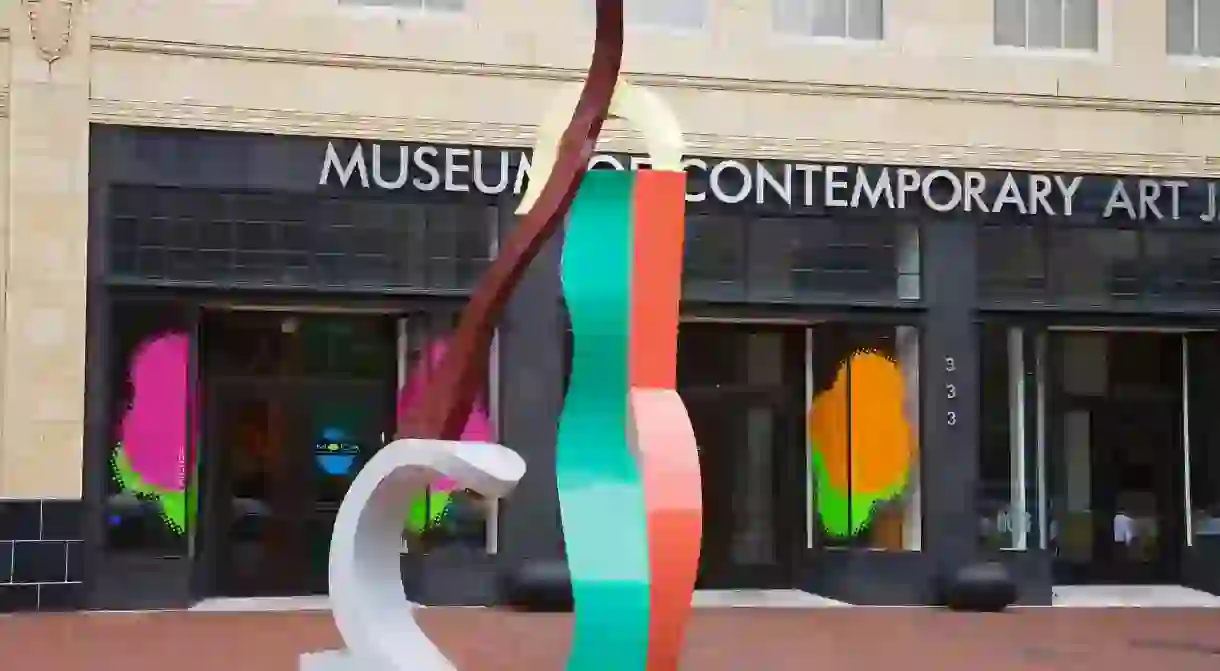5 Hidden Gems of Jacksonville, FL

There is plenty to do and see in Jacksonville, including (but not limited to) a number of art galleries and parks. But “Jax,” as its residents affectionately call the city, has a few hidden gems as well. From bird sanctuaries to bookstores, Culture Trip leads you off the beaten path as we fill you in on some of the attractions that you may not have heard about.
Karpeles Manuscript Library Museum
Housed in a former Christian Science church with an imposing Classical Revival façade, the Karpeles Manuscript Library Museum is one of 11 such museums in the U.S. that regularly displays items from the world’s largest private collection of original documents and manuscripts. Previous exhibitions have included aviator Charles Lindbergh’s handwritten designs for the Spirit of St. Louis and the letters of psychoanalyst Sigmund Freud, which span half a century. The aim of the Karpeles family in establishing these museums is to stimulate interest in learning, and admission is always free.
Chamblin’s Uptown
With well over half a million rare and second-hand books filling its shelves, Chamblin’s Uptown is a bibliophile’s paradise. The locally owned and operated bookstore offers more than 100 different categories for customers to peruse, including a section on Jacksonville history. And as well as being a literary treasure trove, it also has a café on its premises, so you can sit down with a cup of coffee and some housemade granola while poring over your latest purchase. Display cases hold books of particular interest, one of which being a vellum edition of Samuel Taylor Coleridge’s The Rime of the Ancient Mariner.
Treaty Oak

A prime specimen of Quercus Virginiana, or southern live oak, the Treaty Oak lays claim to the title of Jacksonville’s oldest living resident: its age is estimated at around 250 years old, which means it predates the founding of the city in 1822. Its tentacle-like limbs and immense truck –25ft in circumference and 70ft in height – have made it a much-loved local landmark. Its name comes courtesy of Florida Times-Union journalist Pat Moran, who in the 1930s fabricated a story about a peace treaty being signed at the site between Native Americans and early European settlers in order to protect the tree from land-hungry developers.
Historic Mandarin
Jacksonville’s Mandarin neighborhood has a number of historical sights. In 1867, Uncle Tom’s Cabin author Harriet Beecher Stowe bought a house here, wintering next to the St. John’s River for 17 years. The house has since been demolished, but her legacy lives on; Stowe contributed to the rebuilding of the town’s school – now the Mandarin Community Club – and was considerably active within the community. The west window of the Episcopal Church of Our Saviour is a memorial to the Stowe family. Also, the Mandarin Store and Post Office, built in 1911, is listed on the U.S. National Register of Historic Places.
Timucuan Ecological & Historical Preserve
Located in Jacksonville, Florida, the Timucuan Ecological & Historical Preserve is a hidden gem that offers a captivating blend of nature and history. Spanning over 46,000 acres, this preserve showcases the diverse ecosystems of coastal wetlands, salt marshes, and ancient forests. Visitors can explore the scenic trails, paddle along the waterways, and witness an abundance of wildlife, including rare bird species. Adding to its allure, the preserve holds historical significance as it preserves the remnants of indigenous Timucuan villages and the remains of the 16th-century Fort Caroline. The Timucuan Ecological & Historical Preserve is a true sanctuary where nature and history intertwine, providing an enchanting experience for explorers and history enthusiasts alike.













